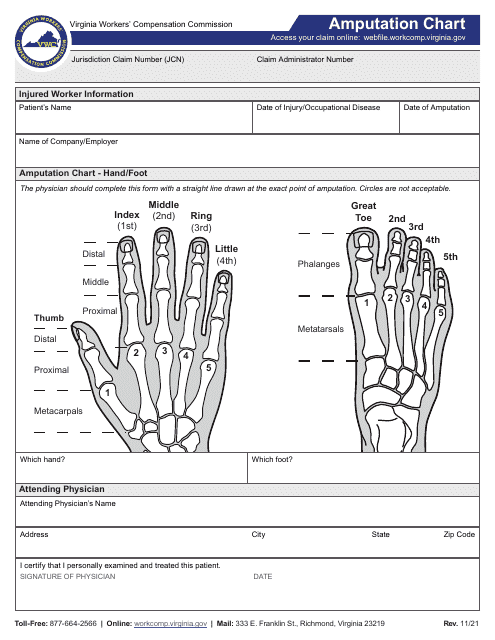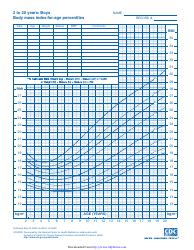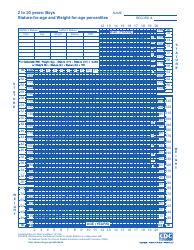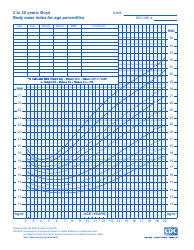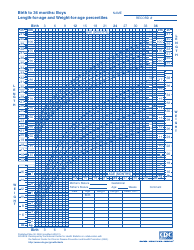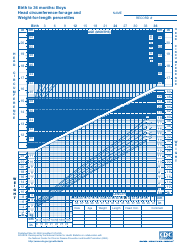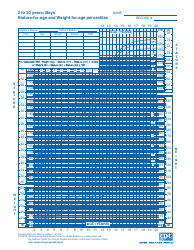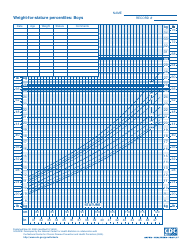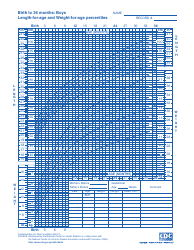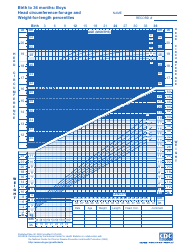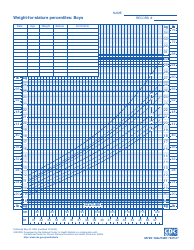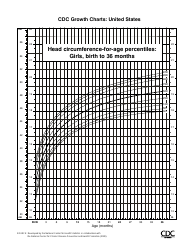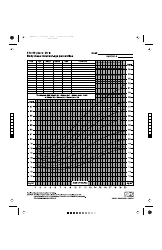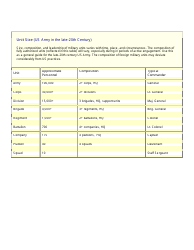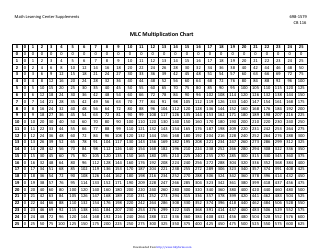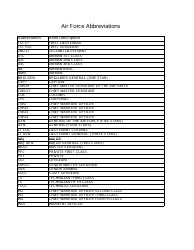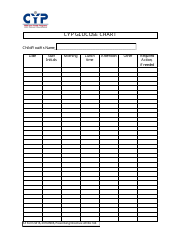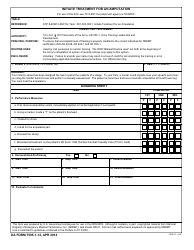Amputation Chart - Virginia
Amputation Chart is a legal document that was released by the Virginia Workers' Compensation Commission - a government authority operating within Virginia.
FAQ
Q: What is an amputation chart?
A: An amputation chart is a visual representation of the body parts that may be amputated.
Q: What is the purpose of an amputation chart?
A: The purpose of an amputation chart is to provide information about the different levels of amputation and the corresponding body part.
Q: Why would someone need an amputation?
A: Amputations are usually performed as a result of injury, disease, or as a treatment for a medical condition.
Q: What are the common levels of amputation?
A: Common levels of amputation include toe amputation, foot amputation, below-knee amputation, above-knee amputation, and arm amputation.
Q: What should I do if I need an amputation?
A: If you need an amputation, you should consult with a healthcare professional who can provide proper guidance and discuss the options with you.
Q: What are the potential complications of an amputation?
A: Potential complications of an amputation include infection, phantom limb pain, and psychological adjustment.
Q: How can I cope with an amputation?
A: Coping with an amputation may involve physical therapy, assistive devices, emotional support, and rehabilitation programs.
Q: Are there support groups for amputees?
A: Yes, there are support groups for amputees where individuals can connect with others who have gone through similar experiences.
Q: Can prosthetics help amputees?
A: Yes, prosthetics can help amputees regain mobility and functionality in their daily lives.
Q: How long does it take to recover from an amputation?
A: Recovery time can vary depending on the individual and the level of amputation, but it generally involves a period of physical rehabilitation and adjustment.
Form Details:
- Released on November 1, 2021;
- The latest edition currently provided by the Virginia Workers' Compensation Commission;
- Ready to use and print;
- Easy to customize;
- Compatible with most PDF-viewing applications;
- Fill out the form in our online filing application.
Download a fillable version of the form by clicking the link below or browse more documents and templates provided by the Virginia Workers' Compensation Commission.
